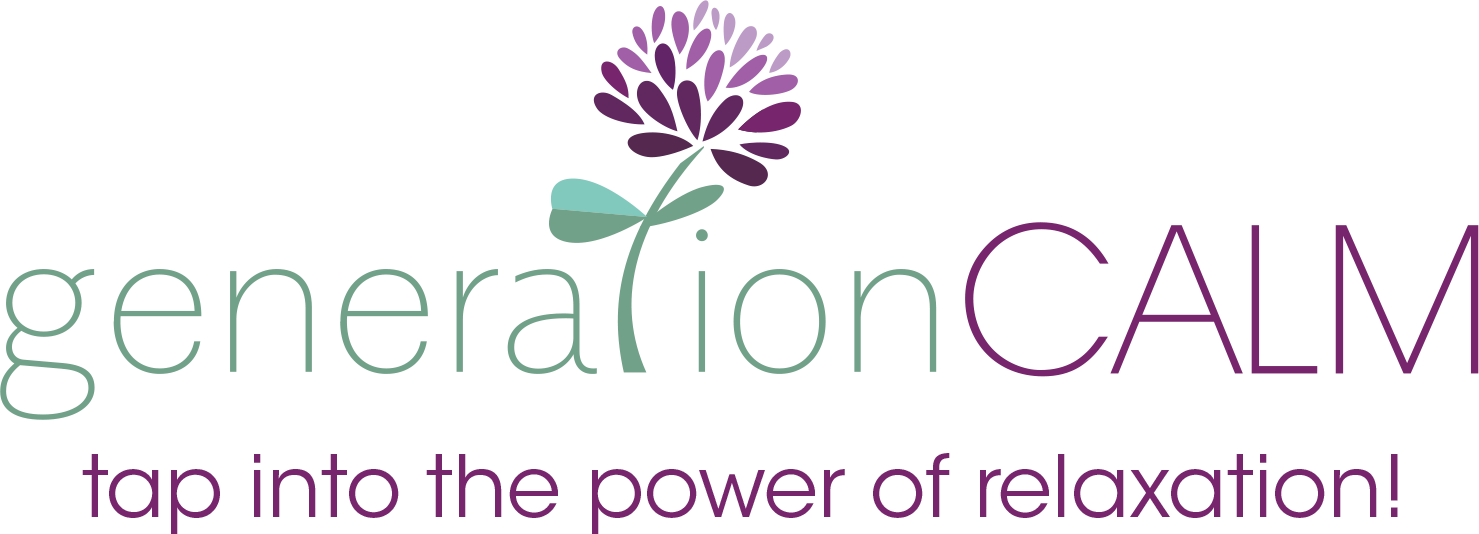A Nap Meditation Will Make You Less Stressed In The Afternoon (in under 30 minutes)
So you’re torn. You like the idea of a but you’re busy in the afternoons. On the one hand, you like the idea of catching up on , but on the other hand, you feel guilty about it.
Chris Martin from Coldplay revealed in 2021 that he naps and meditates to keep away. He described it as “almost like a little island, like a desert island in a sea of confusion.”
What a beautiful way to describe taking to lie down in the afternoon with your eyes closed
Benefits of an afternoon nap
We naturally feel a lull in the afternoon, following lunchtime. So taking a 10- or a longer 90 minute works with your body’s natural energy, instead of pushing through. This period of daytime circadian sleepiness occurs between 1-4pm and is often referred to as the post-lunch dip.
Would you like to see how taking an might be of benefit to your wellness and stress relief?
Naps may improve mood
You might like to think you’ve left your teenage ‘moody’ years behind you. But have you ever been frazzled in the afternoon and by 2pm being nice to everyone is a bit of a stretch? Naps might improve your mood.
When someone is chronically stressed or anxious, they become ‘hypervigilant’ for dangers in their environment. One of the danger signals they are particularly wary of is the facial expression of another person. So, Gujar et al., (2011) used the reactions to another person’s facial expressions to measure emotional stability.
In their study, participants who were assigned to the group, showed a lower rating of emotions towards fearful facial expressions and angry expressions compared to the no- group. These reduced reactions towards negative emotions and facial expressions may provide evidence for naps helping reduce hypervigilance amongst those who feel anxious.
There was also a significant increase in ratings of seeing a happy face after a . In their study, participants, showed better emotional stability after a compared to those who did not have a . Whereas as those who didn’t have a were highly sensitive to other people’s negative emotions. So a brief is a helpful way to recalibrate your reactions to other people’s emotions.
Zhou et al., 2017 also found a small improvement in mood after a but concluded it was too small to start recommending afternoon naps to improve a negative mood.
Naps improve self-efficacy particularly about goals
Self-efficacy refers to the belief you have in yourself. In a small study presented by Horne et al., (2019) they demonstrated that taking a short mid-day improved general self-efficacy and vigor. Meaning that taking a might provide you with the resources and self-belief needed to attain your goals.
So when you feel as if you are not achieving your goals, don’t try harder. Instead, try resting your brain with a and you may wake up even more determined and confident.
Improved memory and learning
Slow-wave , the you experience in the last quarter of the , is a time when you consolidate the learning you’ve done through the day. Without you wouldn’t be able to store memories and recall them later.
But naps don’t include , so can they still improve your memory and learning?
According to many studies, the answer is yes. A of 45 minutes is good for improving procedural memory, the long-term memories of how to do certain actions such as typing, driving or cooking a new meal.
Daytime ‘power naps’ create a faster consolidation of learning and better motor memories.
Another study looking at students cramming for exams, found that taking a 1 after learning was better than remaining awake and taking a break. And the effects of the learning after a were still present when tested on the material a week later compared to when they crammed.
So if you’re looking for a way to help your brain learn and retain information more effectively, adding a to your daytime routine could be better than pushing through.
“What’s amazing is that in a 90-minute nap, you can get the same [learning] benefits as an eight-hour sleep period,” – Sara Mednick, PhD, a psychologist at the University of California, Riverside (American Psychological Society).
management
Many organizations require their employees to work on shifts. This can cause a lot of for the person and that can produce adverse health effects. But can naps reduce the ?
One small study in Japan, looked at nurses and measured the effects of taking two 15 minute naps during their 8- shift. They measured the effects on fatigue, and how sleepy they felt.
Having a did not produce a significant reduction in how tired they felt but it did have an effect on reducing their levels. However, the reduction may have come from simply stepping away from work for a few minutes, rather than from the .
causes , but can that be ameliorated by a ? In 2015 a study by Faraut et al., investigated measured by neuroendocrine and immune biomarkers. After a of restricted to only 2 hours, participants were either recruited to a no- condition or a 30-minute morning and afternoon naps. An increase in norepinephrine () was no longer seen in those participants who had taken a . They concluded that has the potential to counteract the detrimental health effects from hormones of losing at .
-pain link
My personal experience with is that I don’t do it very often. But if I have a headache, an normally shifts it better than anything else.
When you experience a of disturbed , you will be more sensitive to pain the following day. In 2015, a study by Faraut et al., showed that reversed increased pain sensitivity due to restriction. When you’re at home, rather than a research laboratory, it could mean a could reduce hypersensitivity to pain, particularly if it’s due to a poor ‘s .
What are drawbacks to ?
So, if is so great, why aren’t we all doing it?
If you have insomnia, or are having a current problem with a , do not try to compensate for loss with a (BPS recommendations). As Dr. David Lee mentioned in his BPS webinar about CBT-I (a cognitive behavioural approach to insomnia), taking a might mess up your human body clock making it less helpful for your .
Also, if you wake up from a in the middle of a it can make you feel groggy and slow to get started again rather than refreshed.
Furthermore, the research is mixed. Which probably means it depends on you and your genetics, personality type and health. The best way to see if works for you is to try it out. You may find during some times in your life you need to more than other times. All of this is to help you find a way to be your best self. You have a personal chronotype which will affect when the ideal time to and is.
One thing the studies do agree on is the length of time for a . Anything over 90 minutes is associated with poorer cognition.
The best way to
First, know that is a skill and you may need to practice before getting the method right for you.
- To avoid , the ‘grogginess’ from waking up, make sure you time your at least 30 minutes before you need to be on best form. That way, you allow 30 minutes for the grogginess to dissipate.
- When you have a day off from work or school, notice when there is a natural dip in your energy levels. Instead of pushing through or scrolling, try lying down in a dark room with few distractions.
- Because you in cycles, it’s best to only for about 20 minutes, or if you’re needing a longer , make it 90 minutes
- Time your nap to fall in line with the natural dip in your circadian rhythm, between 1pm – 4pm.
- Get comfortable and set a nice sounding alarm for waking up.
Afternoon nap meditation
I have created a . A napitation!
https://youtu.be/vMuZPm20RpQ
On the Generation Calm YouTube channel, there is a To Beat The Midday Slump 😴. A designed to get you relaxed enough to power down before you power on through your afternoon.
Listening to this while will make that process smoother, easier-and even more beneficial for your productivity at work and over the course of each day.
This will guide you from feeling drowsy and unproductive to feeling alert and refreshed through the power of . You can use this knowing that you will feel safe and comfortable throughout the experience.
Even though this video is 30 minutes long, you are guided through the ideal time for a . You’ll actually spend between 10-20 minutes in the lighter stages of non-rapid eye movement (NREM).
Remember that by attending to your you are also protecting your and mental health.

